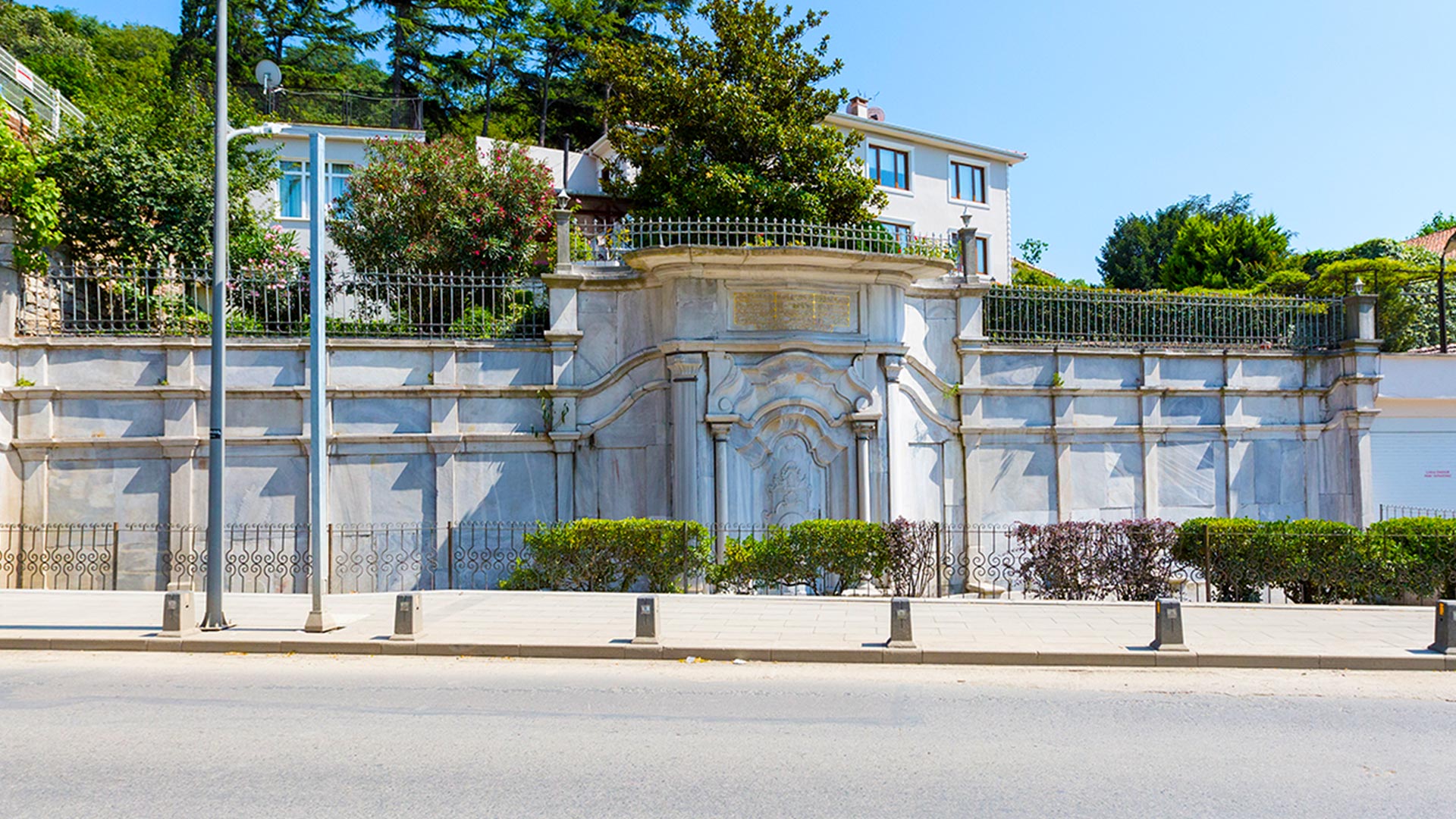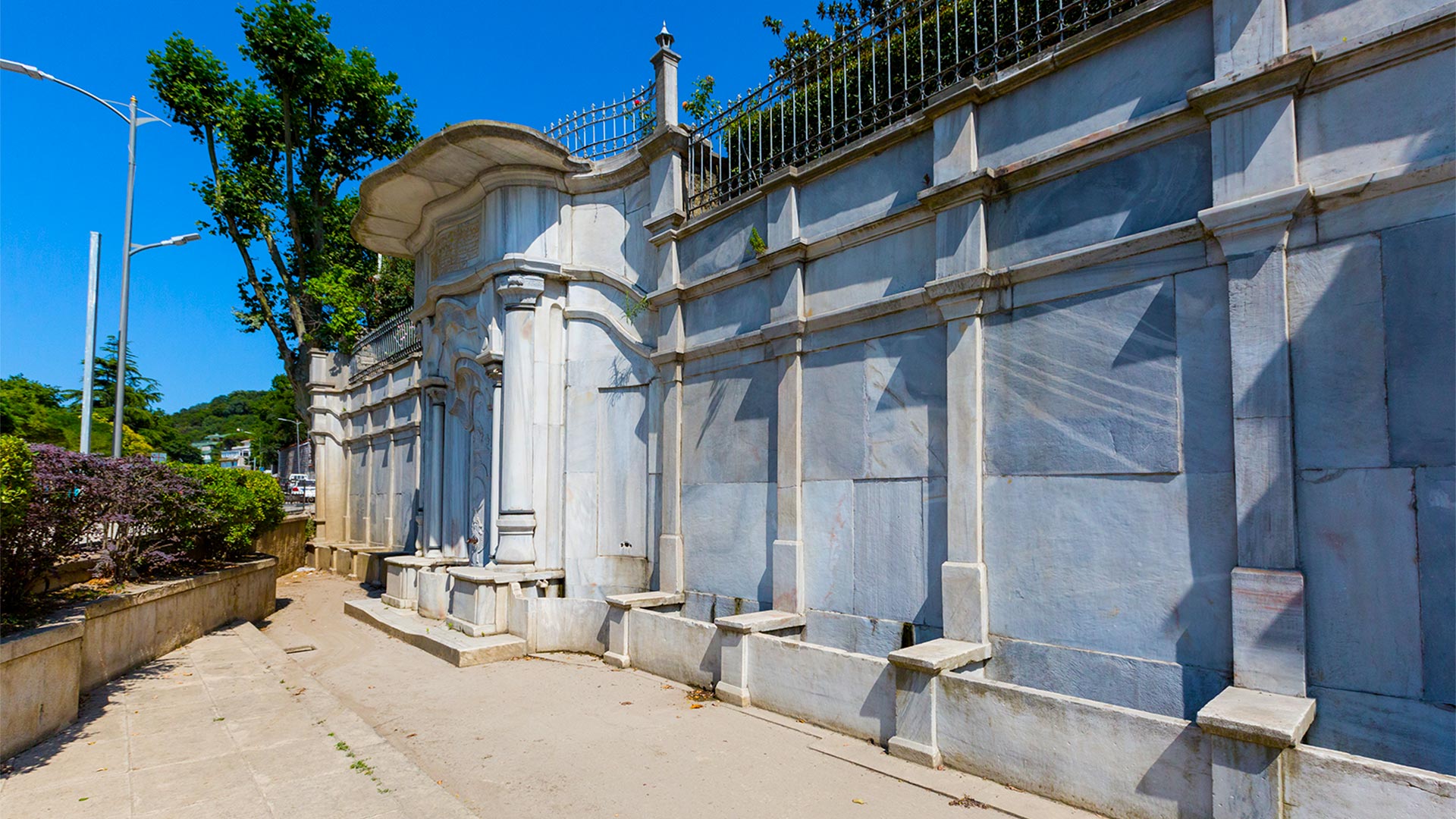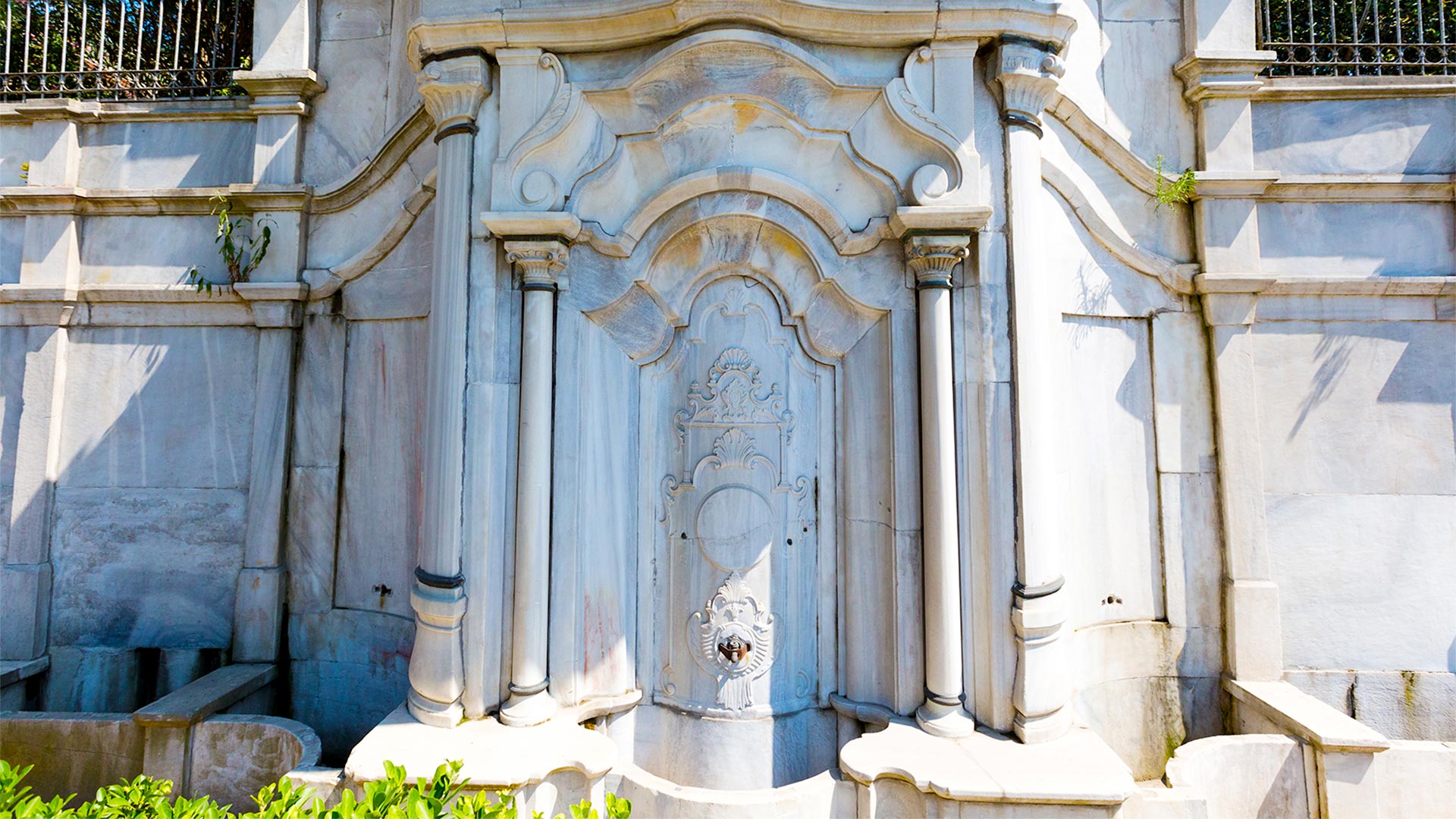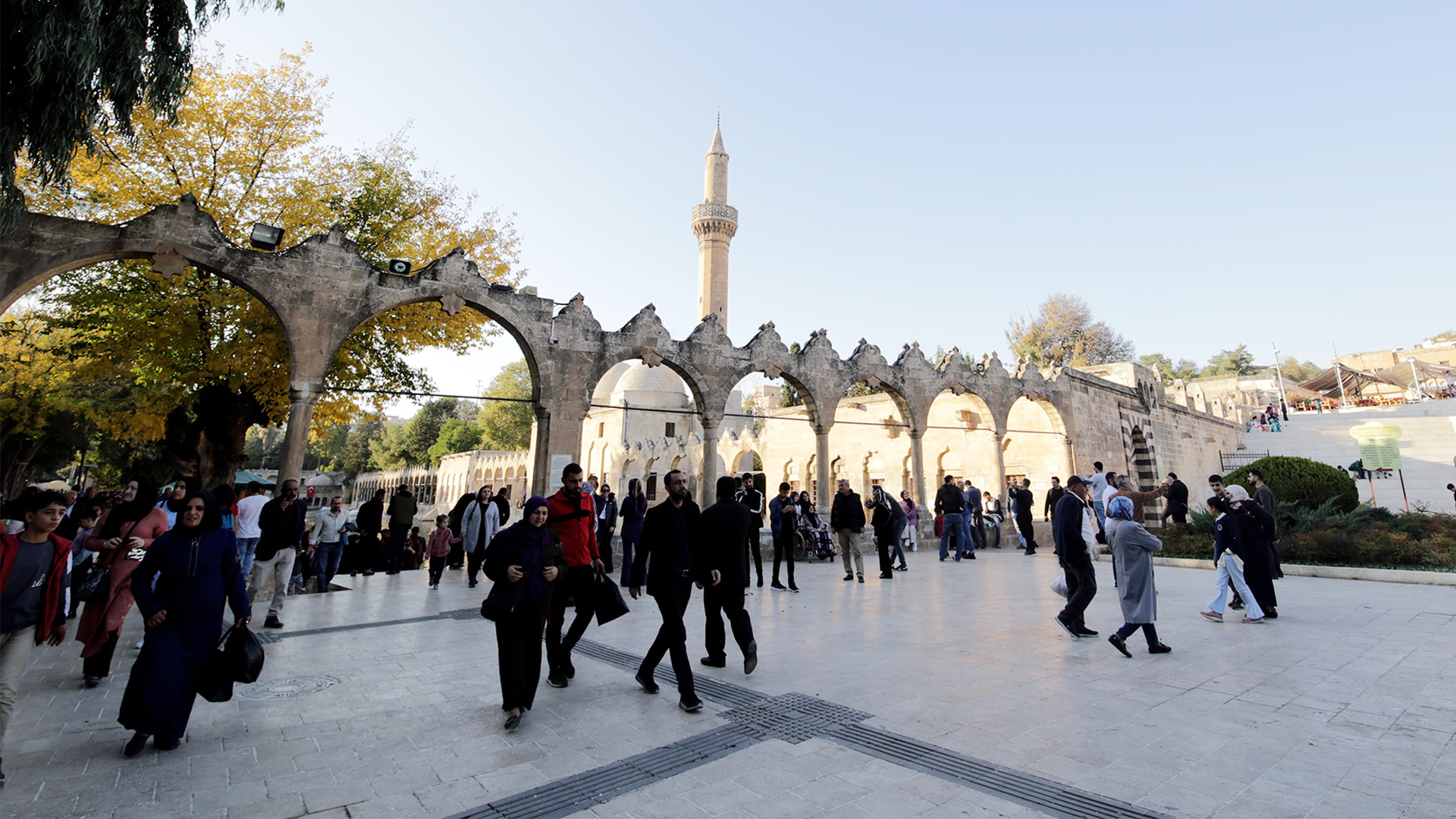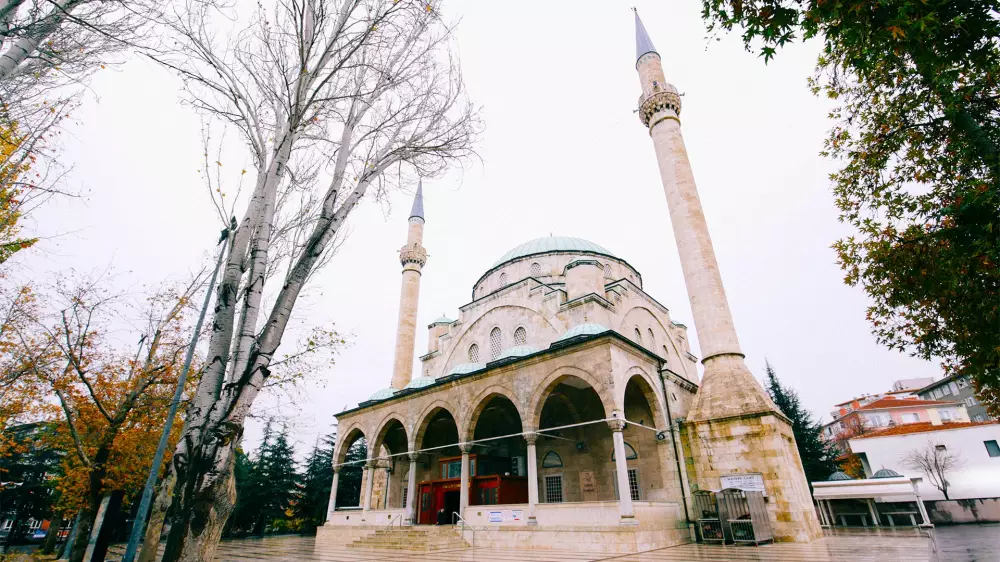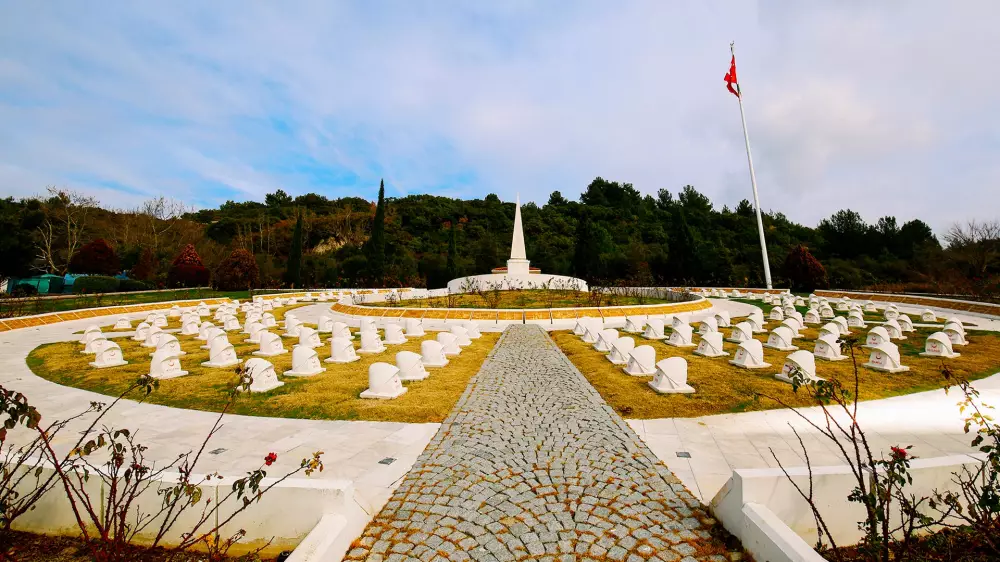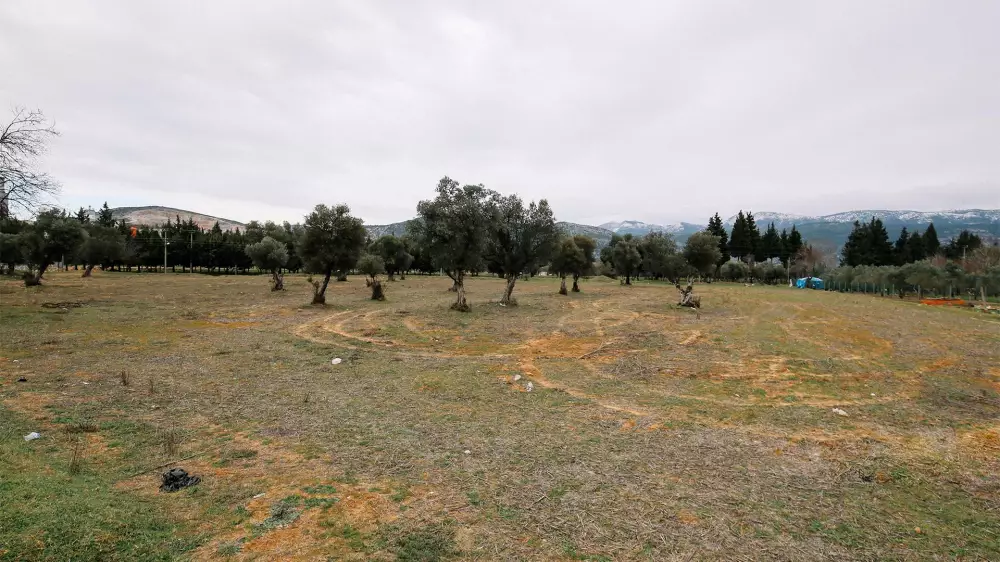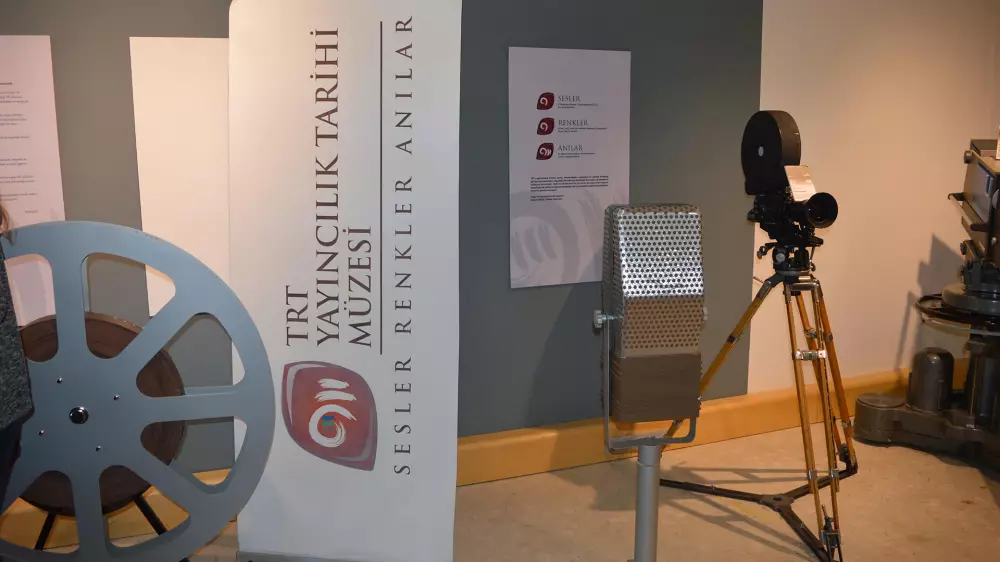
Huseyin Avni Pasha Fountain
12.03.2024 09:32
Those who want to see the history-defying fountains of Istanbul up close may encounter many options. One of these options, Hüseyin Avni Pasha Fountain, is located in Üsküdar. The historical fountain, located on Pasalimani Street, is made entirely of marble. The building, which stands out as a relatively large work, is among the rare fountains that have survived to this day. Except for the main fountain, which is in front with a ledge, wings with four troughs extend on both sides. The mirror stone of the fountain is between the columns. Above this section, relief ornaments are used. Both the boat and the embankments preserve their originality. Despite this, the fact that the water of the fountain is cut off casts a shadow on the structure.
There are inscription stones on the cornices that pass over the column capitals. After these cornices comes the fringe part. The top of the historical building is surrounded by iron bars. Its inscription can be read clearly. As it is known, the epitaph of many historical fountains that have survived until today have lost their texture. According to the information written in the inscription, there was another fountain here before. This fountain was renovated under the leadership of Serasker Hüseyin Avni Pasha. In this way, the face and architectural features of the old fountain change. The Hüseyin Avni Pasha Fountain leans against the wall. On the other hand, the view of the sea makes it even more privileged in terms of location. Influences of Baroque style can be seen in the fountain, which also offers inspirations from the art of stonemasonry.
The fact that the main fountain is in front causes it to be compared to an eagle. Other fountains added to its sides also stand like the wings of this eagle. The columns of the fountain are generally thin and elegant. Marble columns have four corners. On the other hand, a long cornice stands out in the side fountains. There are troughs in front of each of these fountains. Water continues to flow from one to the other, thanks to the hidden holes. Hüseyin Avni Pasha, the builder of the fountain, was born in 1820 in Isparta and studied madrasah in Istanbul for many years.
Gallery
